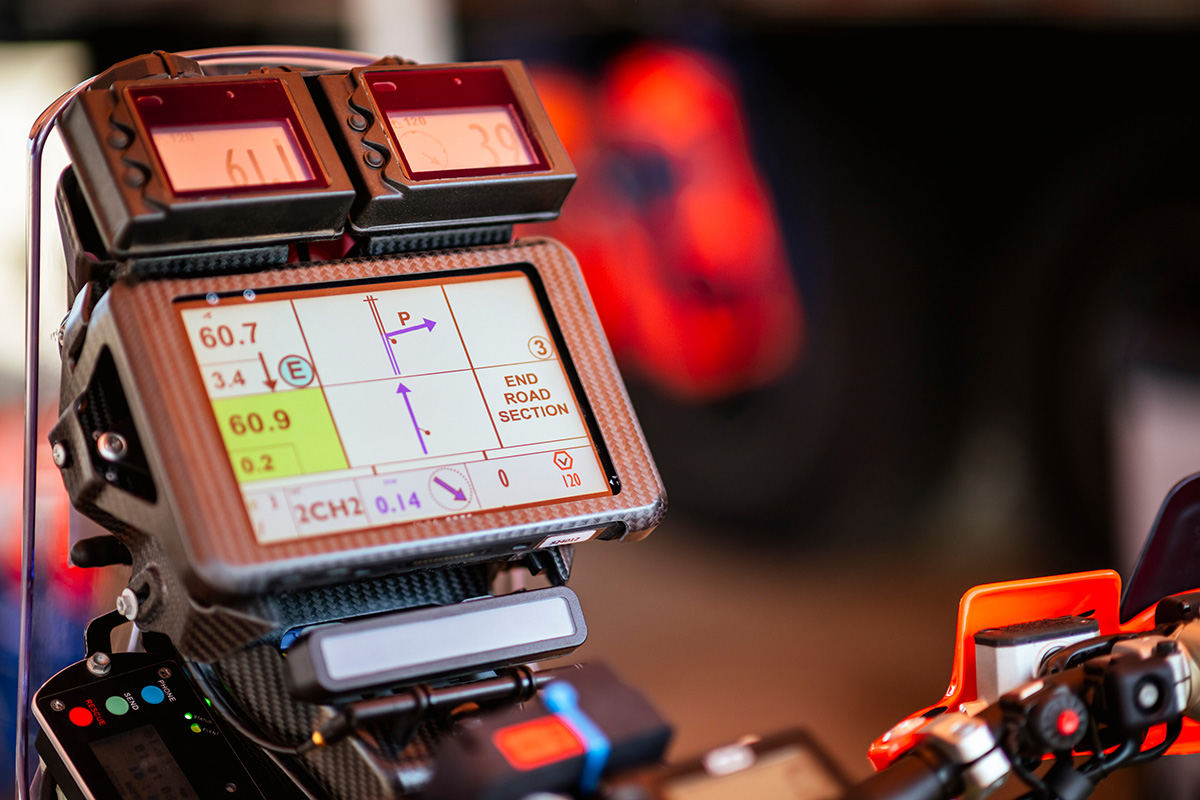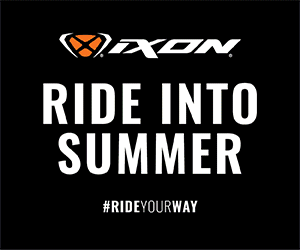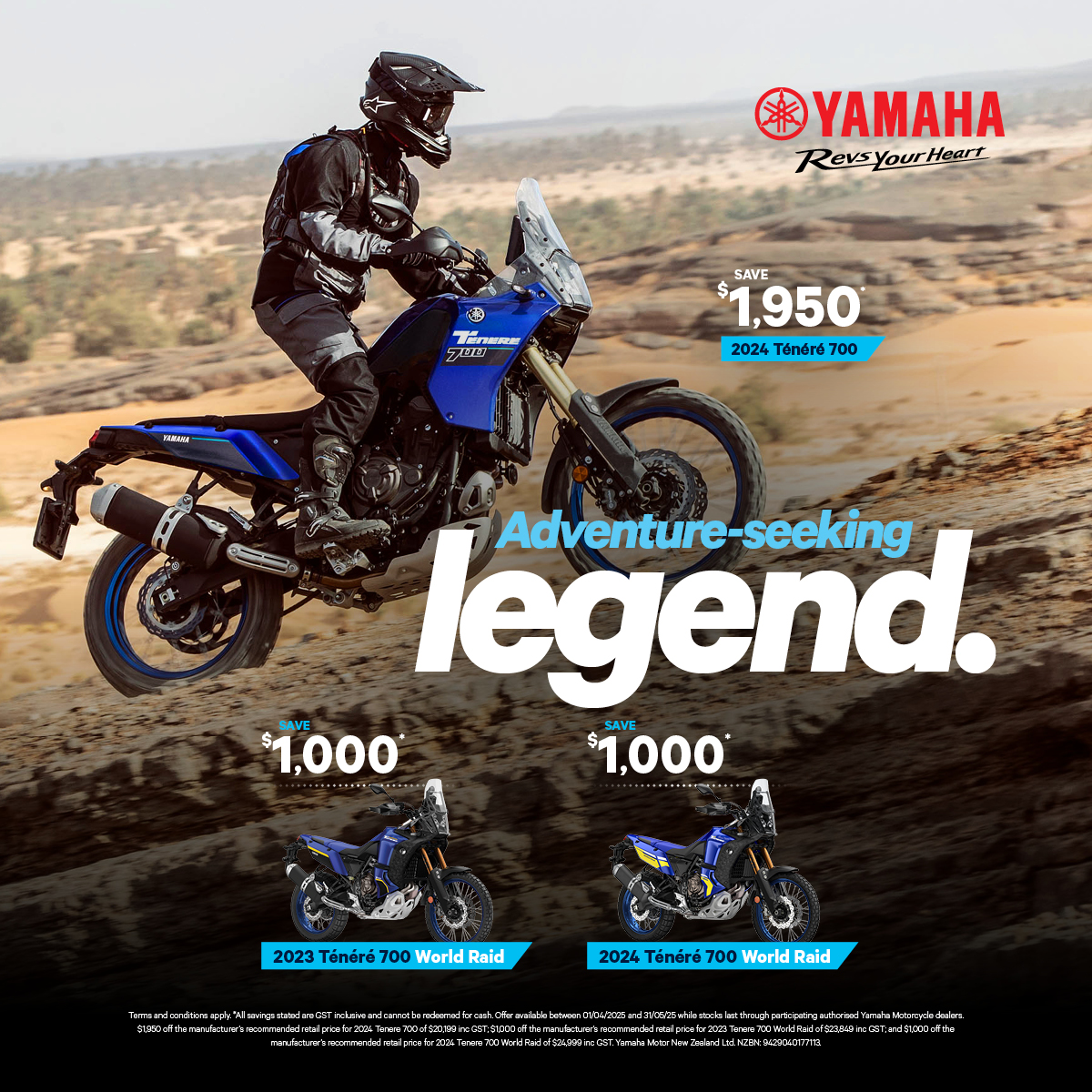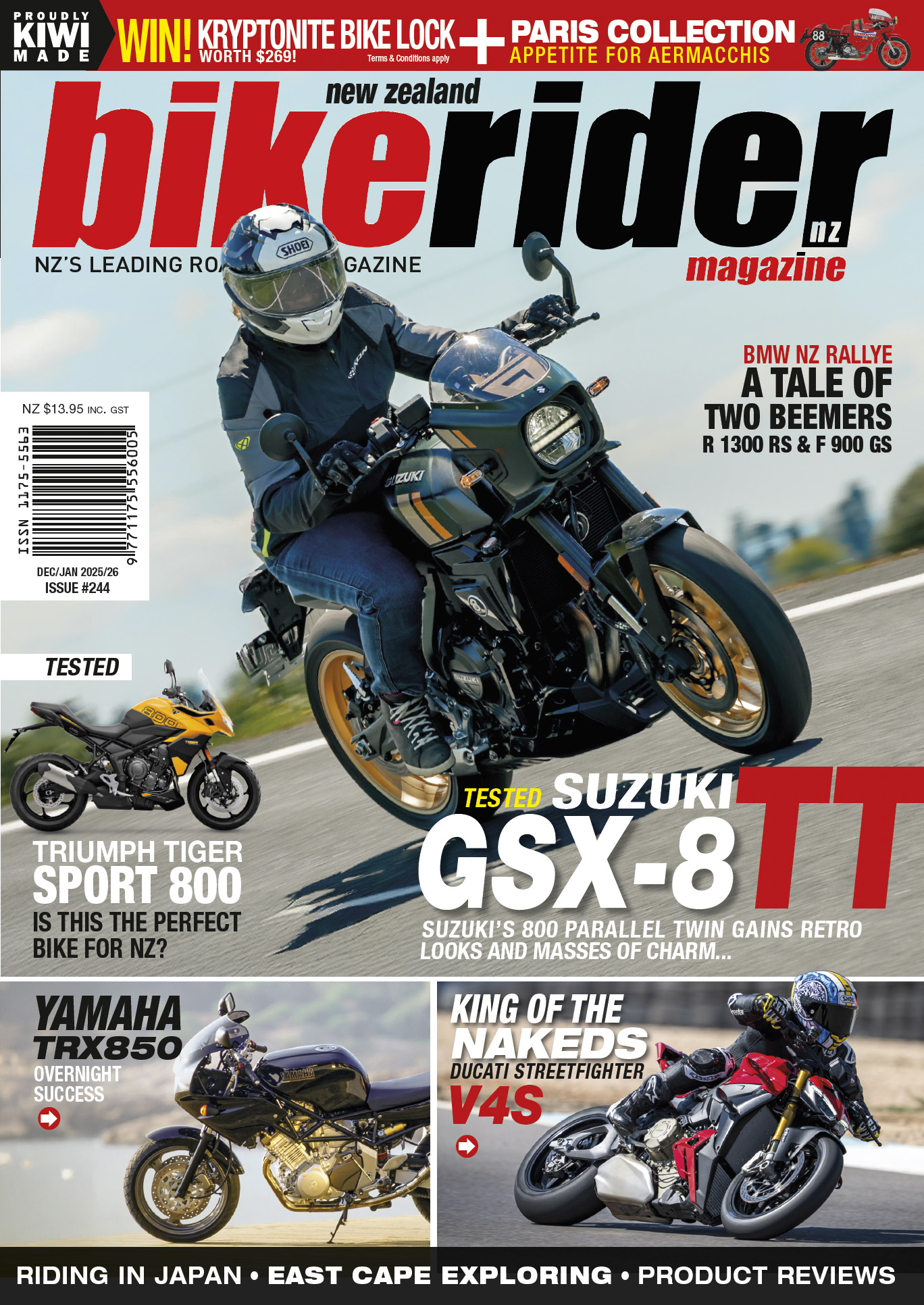Have you ever wondered how the Dakar riders find their way through a baron desert or rocky moonscape? Well, for decades, Dakar Rally riders have relied on the humble paper roadbook, meticulously scrolling through its pages mid-ride, deciphering cryptic tulip diagrams, and trusting their instincts to navigate the most unforgiving terrains on earth. But 2024 marks a seismic shift in how riders find their way through the world’s toughest rally: the dawn of the digital roadbook era.
This move to a fully digital navigation system represents more than just an update to rally equipment—it’s a fundamental change to the art of rally racing itself. So, what does this mean for riders, and how will it reshape the Dakar Rally? Let’s dive in.
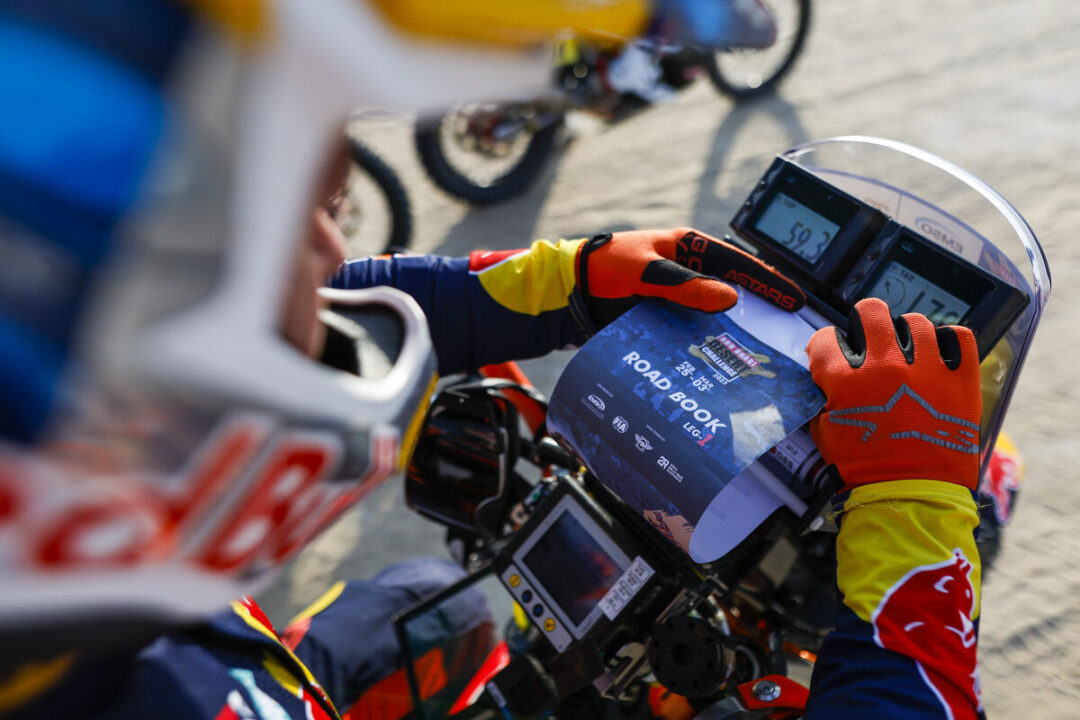
From Scrolls to Screens
Until now, the paper roadbook was a rally rider’s bible. Each evening, competitors would receive their roadbooks for the next day’s stage. Hours were spent poring over the details, highlighting hazards, and preparing mentally for the challenges ahead. The physical scroll was then loaded into a manual holder on the bike, ready to be scrolled through as riders sped across deserts, dunes, and rocky landscapes.
With the digital roadbook, all that changes. Instead of a paper scroll, riders now have a rugged tablet or screen mounted on their navigation tower. The digital interface replicates the paper roadbook’s layout, including the familiar tulip diagrams and route notes, but it brings new benefits: better visibility, dynamic updates, and quicker preparation.
One major shift is that riders receive the digital routebook shortly before each stage begins. This eliminates the hours of manual preparation and levels the playing field. Riders can no longer rely on meticulously planned strategies the night before; instead, success depends entirely on their real-time decision-making and navigational skills. It’s a bold move that makes the race feel more spontaneous—and arguably, fairer.
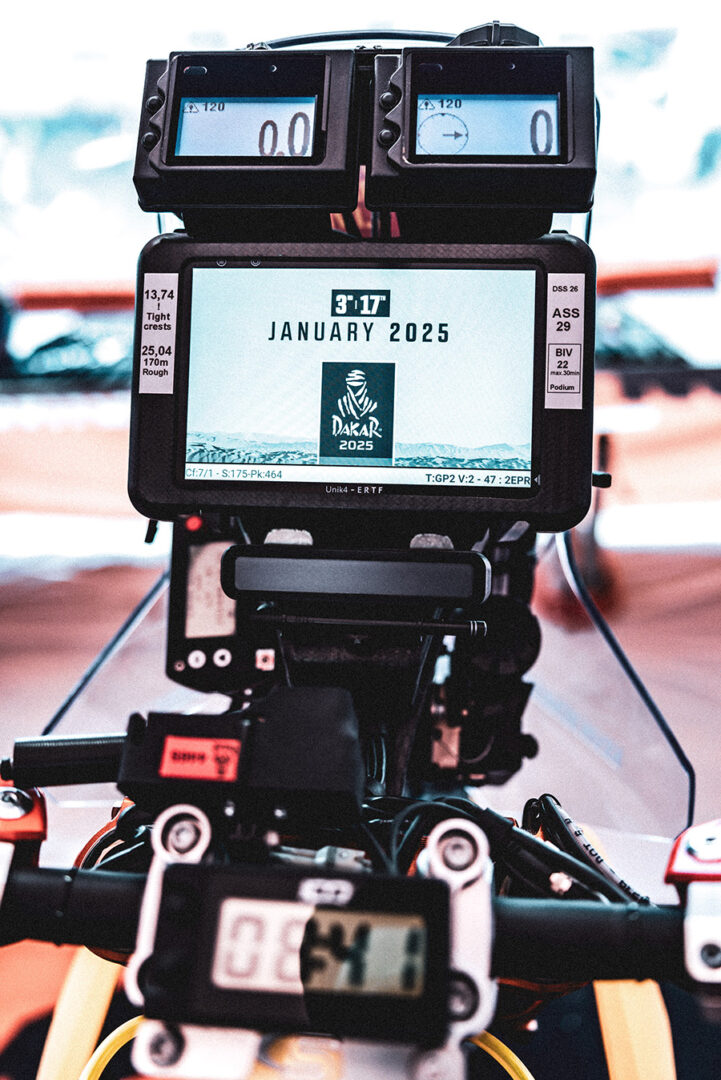
Navigating the New Way
The core principles of rally navigation remain unchanged: riders still rely on tulip diagrams, distance measurements, and compass headings (CAP) to stay on course. However, the digital system brings a new dynamic to how this information is accessed and used.
The digital roadbook is controlled via buttons mounted on the handlebars, allowing riders to scroll through the navigation instructions as they ride. The system is user-friendly and designed to withstand the harsh conditions of the Dakar Rally, from sweltering desert heat to relentless dust and vibrations.
Waypoints—specific GPS locations riders must pass through—are also preloaded into the system. As a rider approaches a waypoint, the digital roadbook provides real-time confirmation when it’s reached. Miss a waypoint, and the system issues an immediate alert, often accompanied by a sound or visual notification on the screen.
Here’s where it gets tricky: if a rider misses a waypoint, they must backtrack to cross it properly. This can cost precious time and disrupt the flow of their race. Alternatively, they might try to rejoin the route at a later stage, but this too risks penalties or disqualification for missing critical waypoints. The stakes are high, and quick thinking is essential.
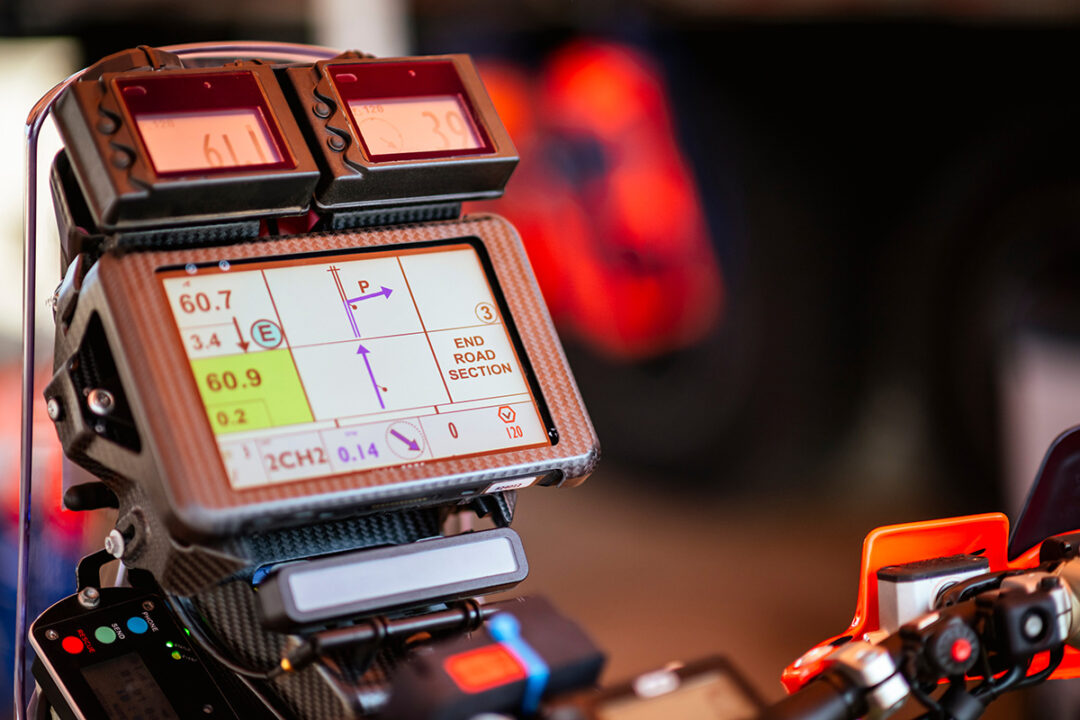
Why the Change?
The transition to digital roadbooks isn’t just about modernizing the Dakar Rally; it’s about improving efficiency, safety, and fairness.
1. Leveling the Playing Field
In previous years, some riders or teams spent hours analyzing the paper roadbook the night before a stage, seeking every possible advantage. The digital roadbook eliminates this pre-race advantage, shifting the emphasis back to the core skills of navigation, endurance, and adaptability.
2. Improved Safety
The digital format allows organizers to send real-time updates during a stage. If hazards, weather changes, or emergencies arise, riders can be informed immediately—something impossible with the old paper system.
3. Environmental Impact
Let’s face it: printing thousands of pages for every rider in the rally isn’t exactly eco-friendly. The digital system reduces paper waste and reflects the rally’s effort to align with sustainable practices.
4. Efficiency and Convenience
Riders no longer need to manually mark up their roadbooks or spend time preparing them. This gives them more time to rest, recover, and focus on the race itself.
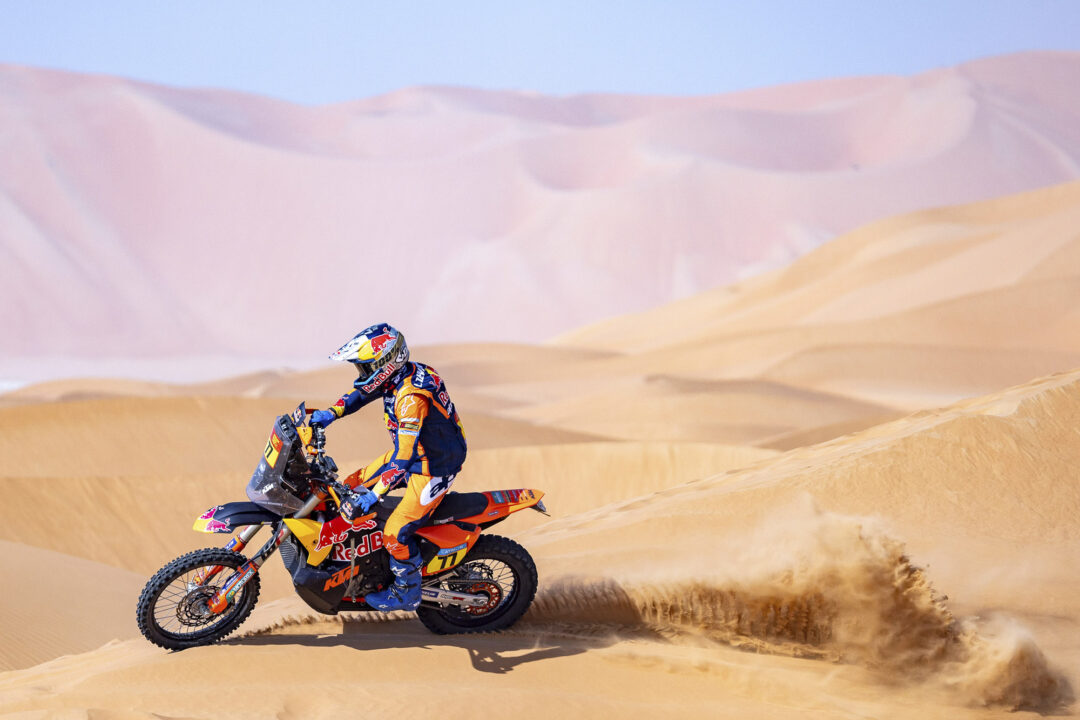
Challenges of Going Digital
While the benefits are clear, the digital roadbook is not without its challenges.
For starters, there’s a learning curve. Riders who’ve spent their careers relying on the tactile feel of a paper scroll must adapt to navigating via a screen. It’s a shift that demands mental agility and a willingness to embrace change.
There’s also the question of reliability. The Dakar Rally is notorious for its extreme conditions—temperatures that can fry electronics, sandstorms that infiltrate the smallest crevices, and vibrations that can loosen even the toughest equipment. While the digital roadbook is designed to endure, any technical failure could be catastrophic for a rider’s performance.
Finally, there’s the human element. For many riders, the nightly ritual of preparing their paper roadbook was a cherished part of the Dakar experience. It allowed them to connect with the route, anticipate challenges, and enter the stage with confidence. The digital system removes this personal touch, replacing it with a more standardized, impersonal approach.
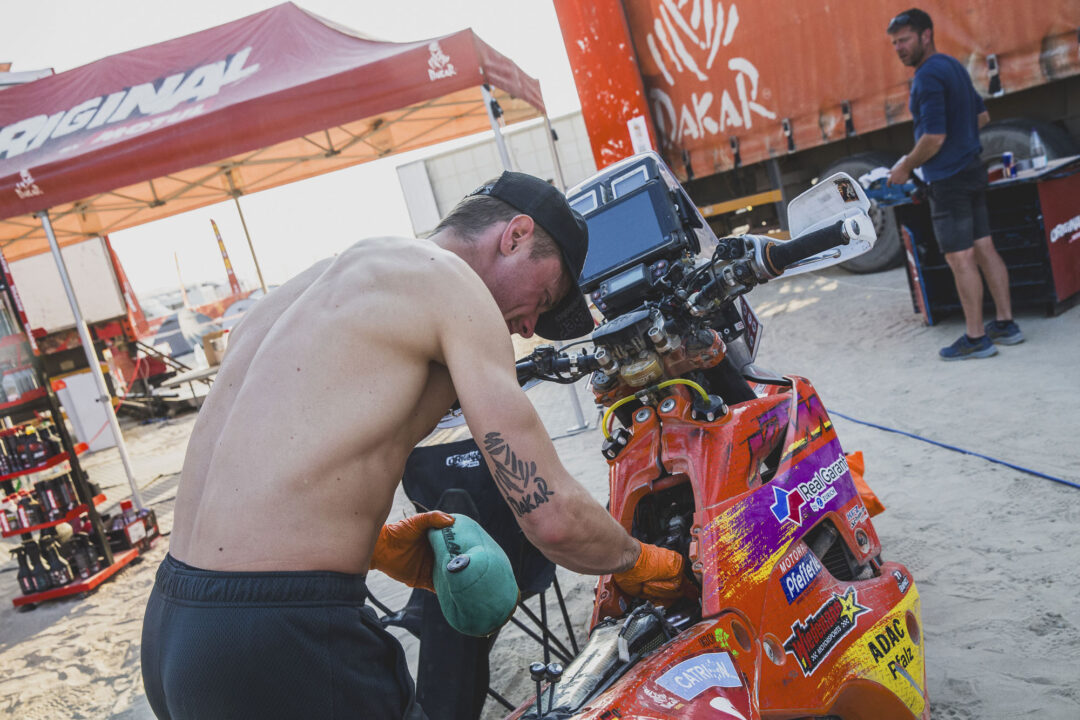
The Human Factor: Adapting Under Pressure
The move to digital is a test not just of technology but of the riders themselves. Navigation has always been a critical skill in rally racing, and the digital roadbook amplifies this challenge. Without the opportunity to pre-study the route, riders must interpret the information on the fly, making split-second decisions at high speeds.
And what happens when things go wrong? A missed waypoint can quickly snowball into chaos. The rider must evaluate how far off-course they’ve gone, determine the quickest way back to the waypoint, and regain their rhythm—all while managing fatigue, terrain, and the pressure of competition.
This is where the true grit of a Dakar rider shines through. It’s not just about riding fast; it’s about staying calm under pressure, thinking strategically, and having the resilience to recover from setbacks.
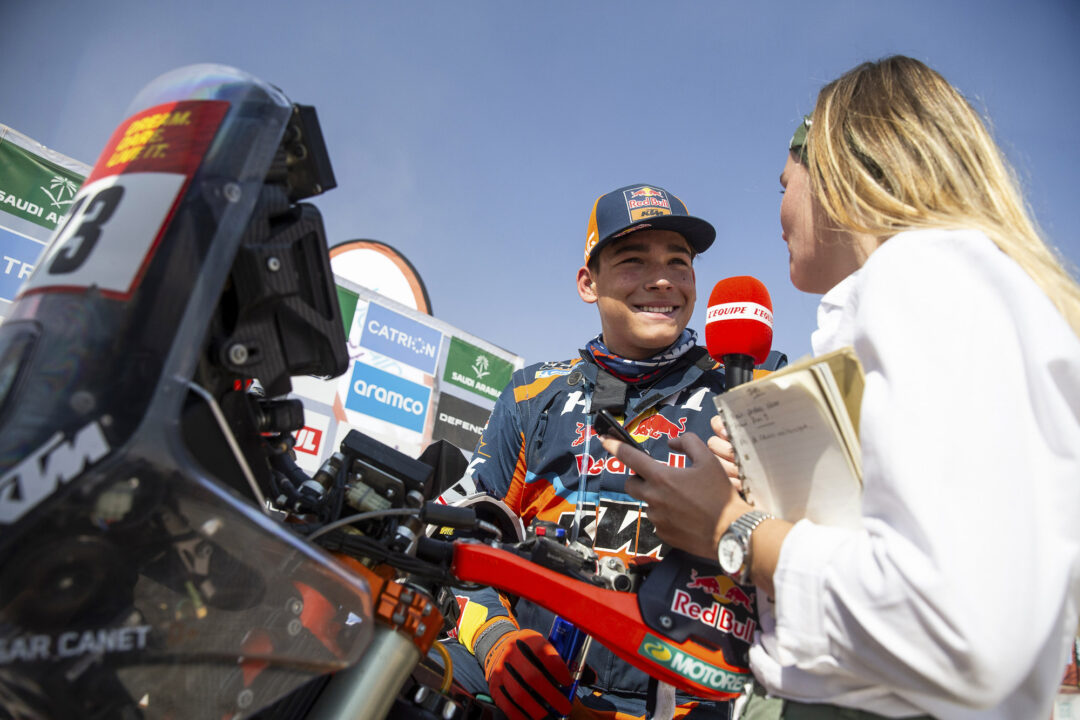
What Does This Mean for the Future of Rally Racing?
The introduction of digital roadbooks at the Dakar Rally is likely just the beginning. As the technology evolves, it could pave the way for even more advanced navigation systems, perhaps incorporating augmented reality or real-time terrain mapping.
However, purists might worry about the loss of tradition and the shift away from the hands-on experience that has defined rally racing for decades. Finding the balance between innovation and heritage will be crucial as the Dakar Rally continues to evolve.
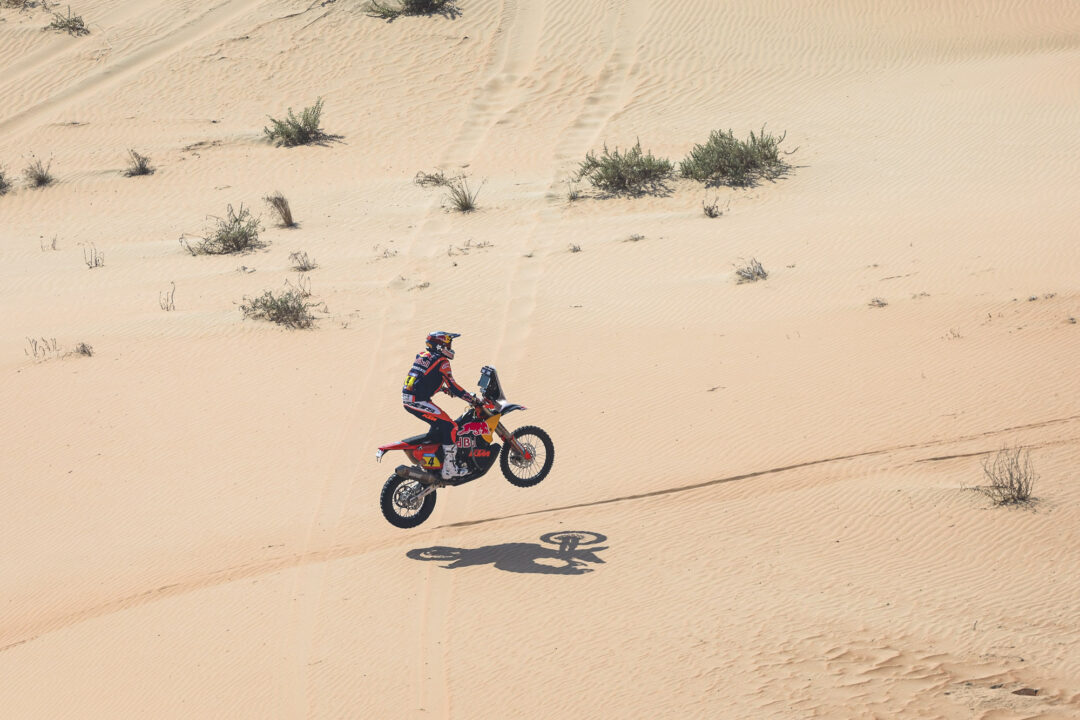
Conclusion
The digital roadbook marks a new era in the Dakar Rally, blending technology with tradition to create a fairer, safer, and more efficient race. While it comes with challenges, it also represents an exciting step forward for rally racing, pushing both riders and technology to their limits.
As we watch this year’s Dakar unfold, one thing is clear: whether on paper or a screen, the spirit of adventure and resilience that defines this legendary race remains stronger than ever.
The system hasn’t been without faults, and a number of drop-outs of signal has given rise to riders voicing their opinion that the event should move back to the manual, paper version. Also, in the event of a crash where the old ‘tower’ was damaged, riders could still manage to get directions from the old paper system, whereas the digital version is much less likely to keep running in the event of a severe impact we reckon. But, technological advancement is a key part of Dakar, and we can’t see the organisers reverting backwards anytime soon.
For an cool explanation of how it all works, check out this video of KTM rider Daniel Saunders explaining what the riders have to do while navigating the extreme terrain at speed!

